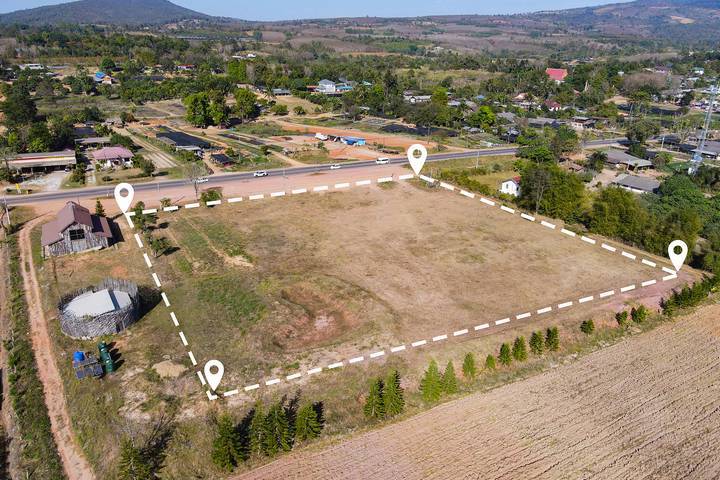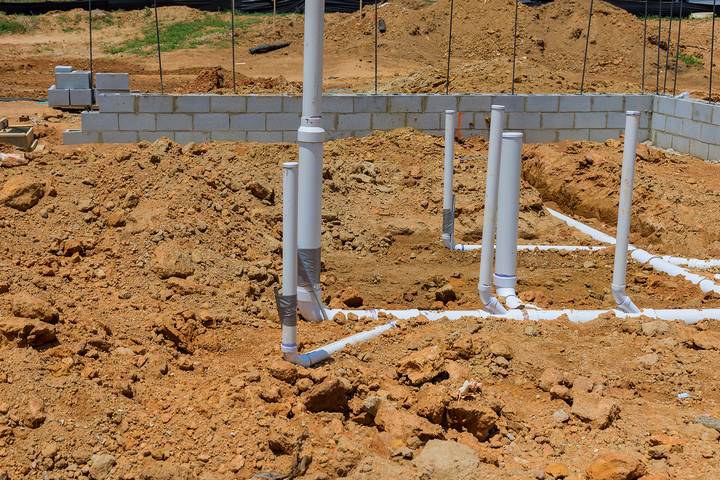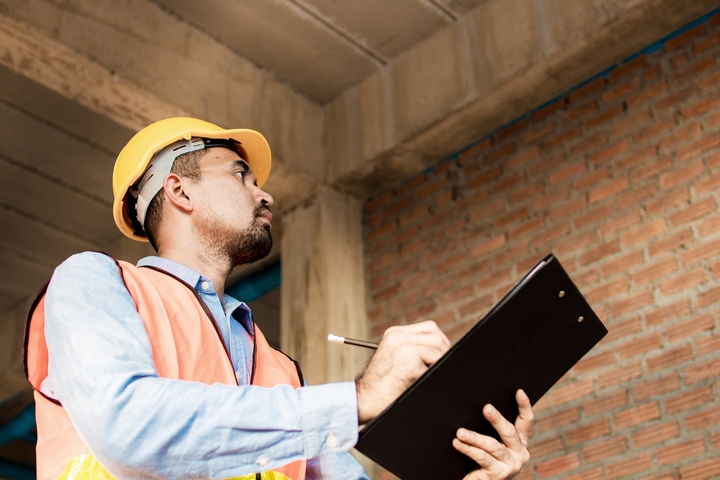7 Tips for Home Construction Timeline
Constructing a new home can be an exciting experience, especially if that’s what you’ve been yearning to do for years. However, the process has many unknowns and can be frustrating, especially for those who don’t know how it goes or have never experienced it before.
Regardless of the size of the home you wish to construct, building a house requires adequate planning and knowledge regarding the entire process. To help you prepare satisfactorily, this blog offers seven essential tips for a home construction timeline at your convenience.
Tip #1: Plan Adequately

Building a home starts with a comprehensive plan for the entire process, even before you purchase various materials or approach your ideal architects and home builders. The project should incorporate the design of your upcoming home, expectations, and house location.
In this stage, you should present all the questions regarding home construction to the architectural designer as you note the fundamentals while gathering the required finances for building construction. Home builders like 76 Construction Management will play a crucial role in assisting with this process.
You can incorporate an interior and exterior designer separately for more effective results. The planning stage doesn’t have a specific timeline, although it should at least be three to six months before construction, giving enough time to find and collaborate with home builders.
Tip #2: Site Preparation

After a good plan, you can proceed to the site preparation stage, which involves getting the barren land ready to become your new home. Site preparation takes approximately one to two months, depending on various factors such as equipment, human labour power, weather conditions, and other additional expenses.
This stage requires heavy funding due to the labour and materials employed, costs for on-site surveying, investigation, documentation, and more. Some of the essential activities that happen during the site preparation stage include:
- Digging and disposal of the soil.
- Setting up a store room and an area for the mixer.
- Setting up or hiring a portable toilet.
- Connecting water supply with a permit from the distribution main.
Tip #3: Laying the Foundation

The next step after site preparation is laying the foundation for the main construction. This stage is one of the financially demanding stages of constructing a home. Thus, every potential homeowner should prepare their pockets well.
After receiving approval to build from the county government, the workers position various reinforcement bars, cages, and mesh in the trenches accompanied by the slip membranes or compressible materials required for the foundation.
Next, they prepare the surfaces before pouring massive concrete to the required levels. After the foundation dries, the homeowner must request an inspection and permit from the relevant county government department to proceed to the next steps.
The foundation stage takes one to two months, which can be reduced with high-quality preparation materials, determined workers, and a professional home builder. With a strong and approved foundation, workers can now construct the rest of the building with the relevant materials.
Tip #4: Framing

Framing involves installing doors, windows, walls, floors, and the roof system. With that, you’re several steps towards achieving your dream home. The workers install a protective shield around the house to protect it from moisture which can easily attract wood rot and mould.
Again, an inspection is conducted once the framing stage completes to evaluate if the builders can proceed to further steps. Framing takes three weeks to a month but can be impacted by poor weather conditions and failed or delayed inspections.
Tip #5: Plumbing, Flooring, and Paint

Now that your home has gained a ‘meaningful’ structure, you can incorporate materials that make it work like an actual house. The workers will install electrical systems, plumbing lines, heating and cooling units, and drywall. Sometimes, they might sand, prime, or paint the drywall while waiting for your next visit.
If you want solar panels or a security system for your home, this is the right time to install them while you mind the power system, voltage, and wiring that suits them best to avoid accidents and poor functionality. After that, workers can comfortably start the flooring process, incorporating trims and anything else you prefer.
Additionally, your flooring choice should at least stick to your budget, pre-existing trends, and your preferences and lifestyle. This stage takes approximately five weeks, depending on weather conditions, the number of labourers, and other related factors.
Tip #6: Fixtures and Electrical

The fixtures and electrical stage involve adding appliances, plugs, light fixtures, countertops, and faucets to your home. You will also require home landscaping services at this stage for a more fantastic transformation. The next time you walk to the construction site, you will smile because it almost resembles what you’ve been dreaming of.
You will also need to choose many different interior finishes of your preference and style, such as mantles, the fireplace, and others. Other essentials in this phase include internal doors, bathrooms, powder room (if necessary), ensuite, architraves, and cabinets.
You will also require an appointment with the County Construction Supervisor for inspection before moving into the house. The fixtures and electrical phases consume four to five weeks, depending on your finances, weather factors, and the time for the inspection.
Tip #7: Inspection With the County Supervisor

Painting, flooring, electrical, fixtures, and plumbing are done! You can now move to purchase other home essentials and services such as mirror installations, furniture, appliances, curtains, and utensils, and finally arrange a thorough quality inspection date with the Construction Supervisor.
If approved, the county government sends you the approval letter within 7 to 14 days, after which you can confidently move into your new home. Assuming you had contacted various moving companies earlier, you can now shift to the newly constructed home and live happily ever after.
Congratulations! You’ve just achieved an entire home from scratch, which is incredible. Do not forget to keep in mind the various factors that substantially affect the timeline for home construction for a smoother journey. Experts highly recommend spring as the best season to construct homes due to its favourable conditions.

